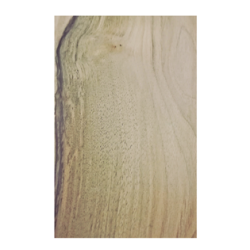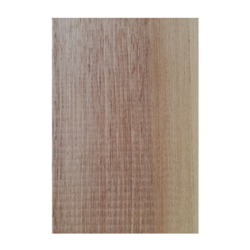European Walnut

Family: Juglandaceae/
Millettieae - Order: Fagales - Class:
Magnoliopsida
Scientific
name: Juglans
regia
Trade name:
European Walnut
Also known as Persian walnut, English Walnut, Circassian Walnut,
European Walnut, French Walnut and Common
Walnut
Origin: Western, Central, Eastern Europe and Western Asia
Instrumental uses:
Guitar back and sides,
head plates and bindings.
Tonal properties:
Excellent tonewood with the great basses of some rosewoods and remeniscent of the high frequencies of Maple. It is very projective and provides a great voice separation.
Grain is usually straight and has a medium texture.
Special care is needed in tree selection and seasoning because it is
susceptible to insect attack.
If with irregular grain this wood can be slightly
difficult to work but glues well and provides a good finish.
The wood is
moderately heavy, with an average dried weight nearly of 40
lbs/ft3 or 640 kg/m3.
It is native from Western, Central, Eastern Europe and Western
Asia but can be found
easily all over southern Europe and South to Africa too.
Juglans regia is a large, deciduous tree, attaining heights of 25–35 m and a trunk up to 2 m
diameter .
Heartwood
can range from a lighter pale brown to a dark chocolate brown with darker brown
streaks and sometimes silver shadows,
sometimes having a gray, purple, or reddish cast.
Sapwood is nearly white.
CITES status is unrestricted. Is reported on the IUCN Red List as least concern.
Gallery Photos




